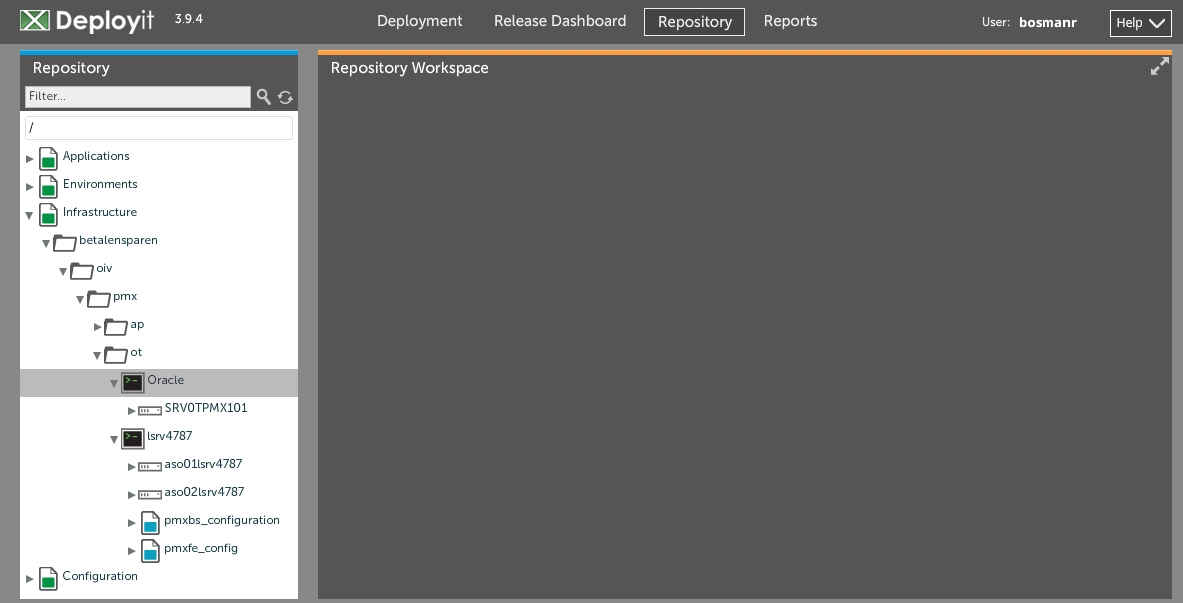

- Xl deployit how to#
- Xl deployit install#
- Xl deployit zip file#
- Xl deployit archive#
- Xl deployit upgrade#

xldEnvironmentId is the name of environment to which to deploy. xldUsername and xldPassword can be also configured in your ~/.gradle/gradle.properties file instead of adle, so that you don't have to store credentials in source files. You can configure the task using xldeploy extension:
Xl deployit install#
Xl deployit archive#
a Gradle archive task: jar, war, ear etc., e.g.artifact(dependency('mysql:mysql-connector-java:2.0.14')), so that required library can be included into DAR package The single parameter of this function can have one of the following types: So it only makes sense to use this function within the file="artifact(.)" attribute. Result of evaluation of this function is the path within DAR package where given file will be placed. Using project you get access to all the objects that you use in your adle, like project.version, project.myTask, project.file('some/path') etc.Īrtifact - a function that adds an artifact. Project - the Gradle project to which the dar task belongs. Following root objects are available in the template: The deployment-manifest.xml file in your project is treated as a template, so that you can insert dynamic values using $ expressions. Also it can contain content-less deployables like command-line scripts to execute during deployment. First of all, it contains artifacts: deployables with content, like. It defines a udm.DeploymentPackage - a version of your application, with all "deployables" defined in it. You can add the plugin to your adle using following code snippet on Gradle 2.3 and higher: The plugin is available at Gradle Plugins repository, with some dependencies available in public XebiaLabs Maven repository. Gradle plugin uploads the package to XL Deploy and starts a deployment to the environment.Įnvironment and deployables configuration needs to be done once, and then the whole process runs automatically.
Xl deployit zip file#
Xl deployit how to#
Please consult the XL Deploy documentation for details about how to do that. An environment is configured in XL Deploy: for example a remote Linux host with a Tomcat container.If you have a CI server, you might use corresponding XL Deploy plugin instead to do deployments, see for example Jenkins plugin.Īn overview of deployment process is following: Another way to use it would be as part of Gradle release process, so that final non-SNAPSHOT artifacts can be automatically put to your acceptance or production environment (probably for small projects). This plugin can be handy to easily and often deploy your application to a development environment. It uses XL Deploy server to perform the deployment. This is a Gradle plugin which allows you to deploy your application to an environment as a part of the build process.


 0 kommentar(er)
0 kommentar(er)
